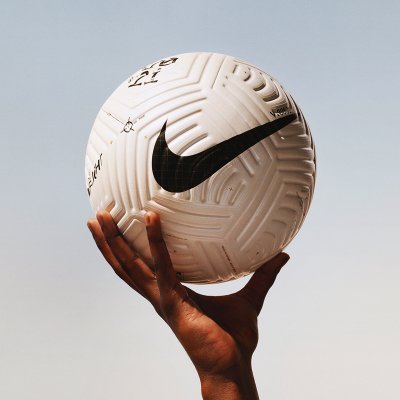Project Report For Football Manufacturing
Introduction
The project report for Football Manufacturing is as follows.
A football is an inflatable ball that is used in one of the many football-related sports. The ball used in the game of association football is called a football, commonly referred to as a football ball or, specifically in the United Kingdom, an association football ball. Depending on whether the game is known as “football,” “soccer,” or “association football,” the ball’s name changes.
Due to the fact that synthetic leather’s thickness varies much less than real leather, almost every football produced today is made of it. The majority of the time, a ball is made up of numerous layers of material that are waterproofed. The layers are printed and then cut into panels of different forms, most frequently pentagons or hexagons, but occasionally rectangles or other shapes as well, which are then all stitched together to create the ball.
Project Report Sample On
Football Manufacturing
Get Completely Custom Bankable Project Report
Made Process Of Football Manufacturing
Lamination Process :- The rexine is laminated as the initial step in the production of footballs. Rexine is the ball’s exterior cover—the component you can see and feel. Rexine is essentially a type of synthetic leather that is created from different components. You get what you pay for in this world, just like everything else! Higher grades of rexine are used for training and game balls, while cheaper versions are saved for promotional balls. Rexine comes in a huge variety of colours, and it may be PMS Panote colour shade matched to the client’s colour scheme and branding requirements. Rexine is often purchased in rolls, each measuring around 25 to 30 metres in length and a metre broad.
Cutting Panels :- A specialized machine is used to cut the hexagons and pentagons that you see on typical 32-panel soccer balls. To cut the panels in the proper shape, special dyes are added in the machine. Football balls in size 4, 3, large and tiny come in various dye sizes. The image below illustrates how a dye would look when used to cut hexagons and pentagons. The stitchers use the tiny, round dots on the dyes as guides when they sew the panels together. One size 5 football requires around 720 stitches to complete.

Printing Process :- We print the hexagons and pentagons after they have all been cut. The printing specifications are determined by the logos, printing instructions, and design requirements provided by the customer. In vector-based design software like Corel or Photoshop, the ball’s entire design is created. The screens are then exposed to sunlight using conventional silk screen printing techniques to create the pattern.
Hand Stitching Soccer Balls :- The panels must be sewn together and the bladder must be installed as the final step in the procedure. The 32 panels provide the stitchers a full vision of the ball. The stitchers will next put the balls together by stitching the panels together, much like putting together a jigsaw puzzle. 720 polyester threads are used to sew together an official size 5 football. Prior to sewing the balls together, the ball’s bladder is attached to the air valve panel. A stitcher needs about three hours to complete this operation alone. Do you understand why it would take us three to four days to deliver 100 balls to you?
Market Potential Of Football Manufacturing
The market for football worldwide was valued at $1,883.6 million in 2019. According to a report on the global football market, the market is anticipated to reach $3,712.7 million by 2027. The CAGR for the global market is predicted to be 18.3% from 2021 to 2027.
Expenses

Product Cost Breakup

Reveneue Vs Expenses

Market Trend

The market is segmented into training football, match football, and other football based on the prediction for the global football market by product type. The training football makes up the majority of the global market. This is because training footballs are dependable and appropriate for use on any surface, including grass fields or concrete. However, because match football is the most popular variety of football for leagues and matches, it is anticipated that this segment would expand the fastest throughout the projected period.
It is divided into three categories based on the production process: hand stitched, machine stitched, and thermally bonded. It is divided into online and offline distribution channels. North America (the United States, Canada, and Mexico),
The rise in the popularity of virtual games is reducing young engagement in real sports like cricket and football. This reduction in the number of companies also puts a damper on the worldwide market. Product type, production method, distribution channel, and geography are all segments of the worldwide football market. The market is divided into three types: training ball, match ball, and others.

